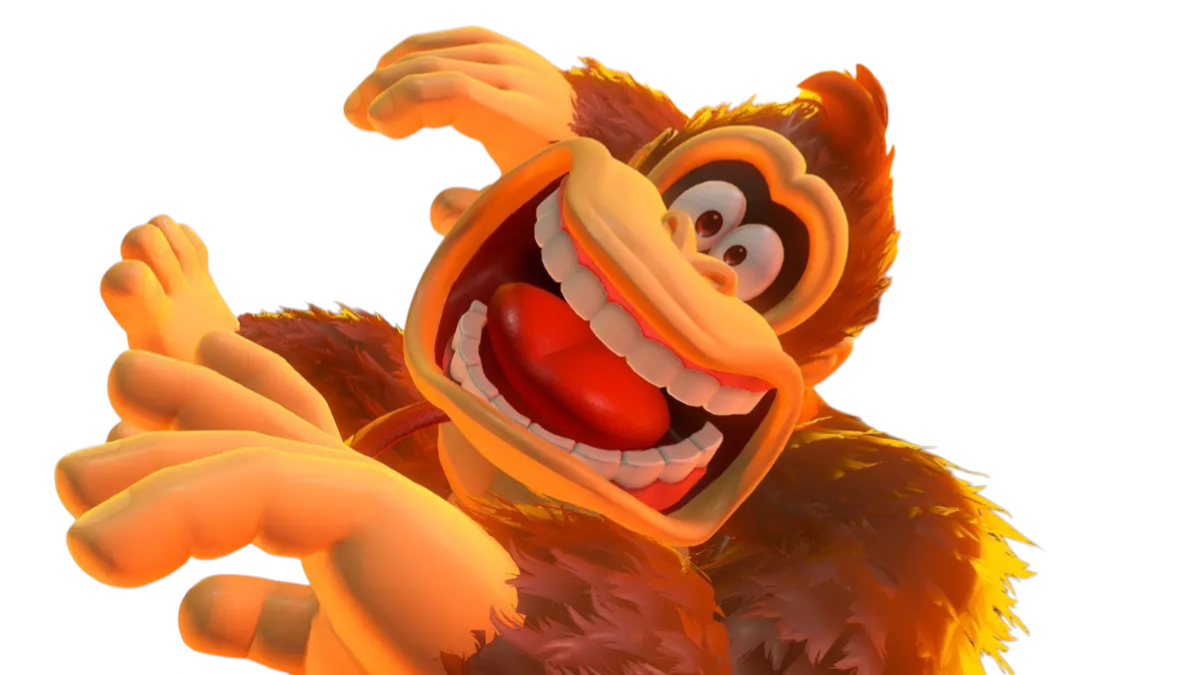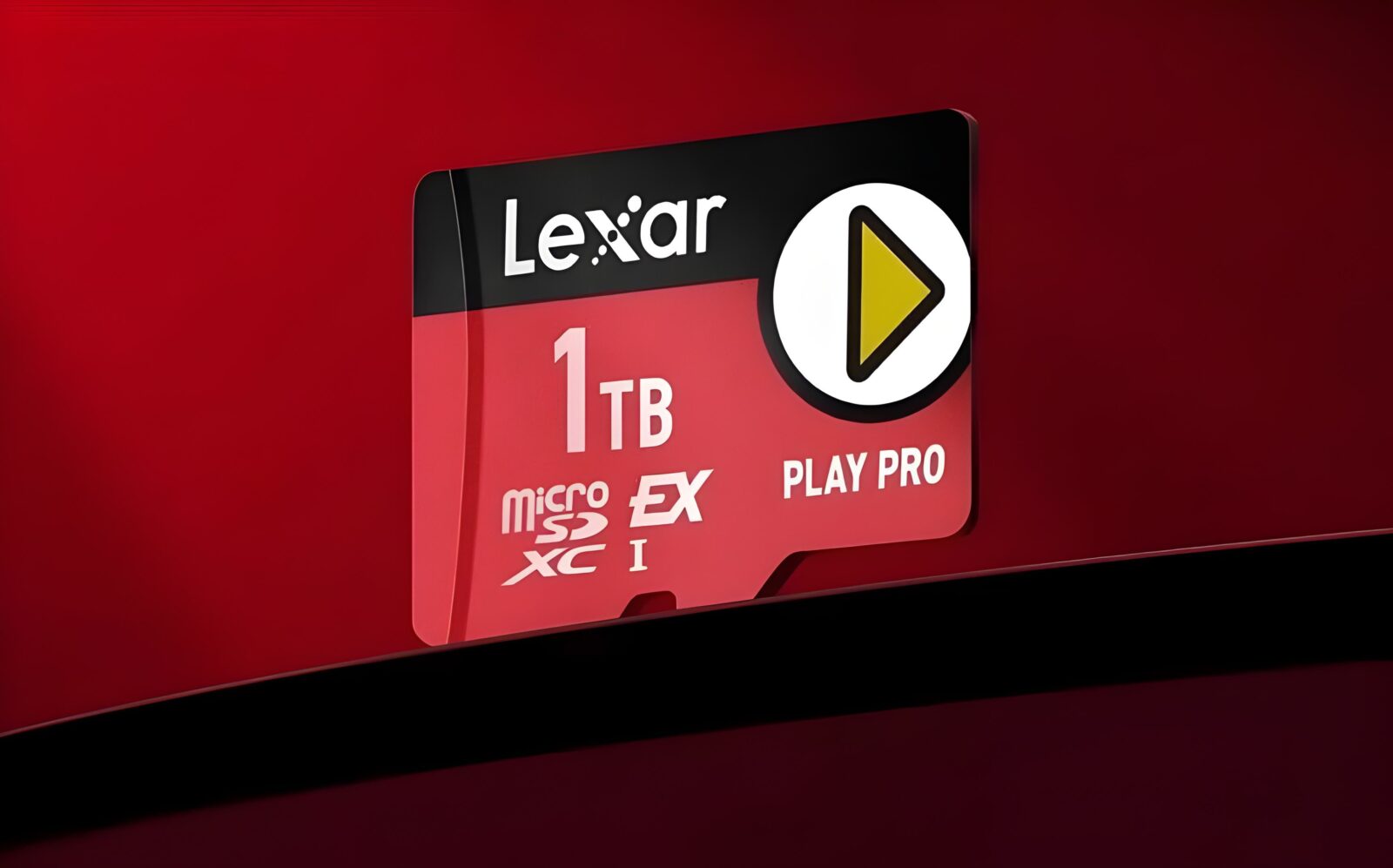TL;DR: Donkey Kong Bananza is a gloriously chaotic, emotionally sincere, and mechanically inventive return to form for Nintendo’s original ape icon. With genre-defining environmental destruction, heartfelt storytelling, and banger level design, it overcomes some camera and frame rate hiccups to become the Switch 2’s first essential game.
Donkey Kong Bananza
I wasn’t supposed to fall in love with Donkey Kong Bananza. I expected a nostalgic romp, a pleasant snack between the main courses that the Nintendo Switch 2 would surely bring in time. What I got instead was a strange, primal joy—the kind that reminded me why I play games at all. Somewhere between hurling chunks of molten banana-metal and watching a rock slowly reveal itself as a time-bending version of Pauline, I realized I wasn’t just enjoying Bananza. I was obsessed.
Let me rewind. It had been a weird year for games already. Big names stumbled. Sequels felt like shadows of their former selves. But then Nintendo, in its usual “we’ve been quietly reinventing everything” way, dropped a bombshell: Donkey Kong Bananza. It launched just two months into the Switch 2’s lifespan, looking bright, bouncy, and suspiciously like a tech demo turned fever dream. It wasn’t just a new game. It was a manifesto.
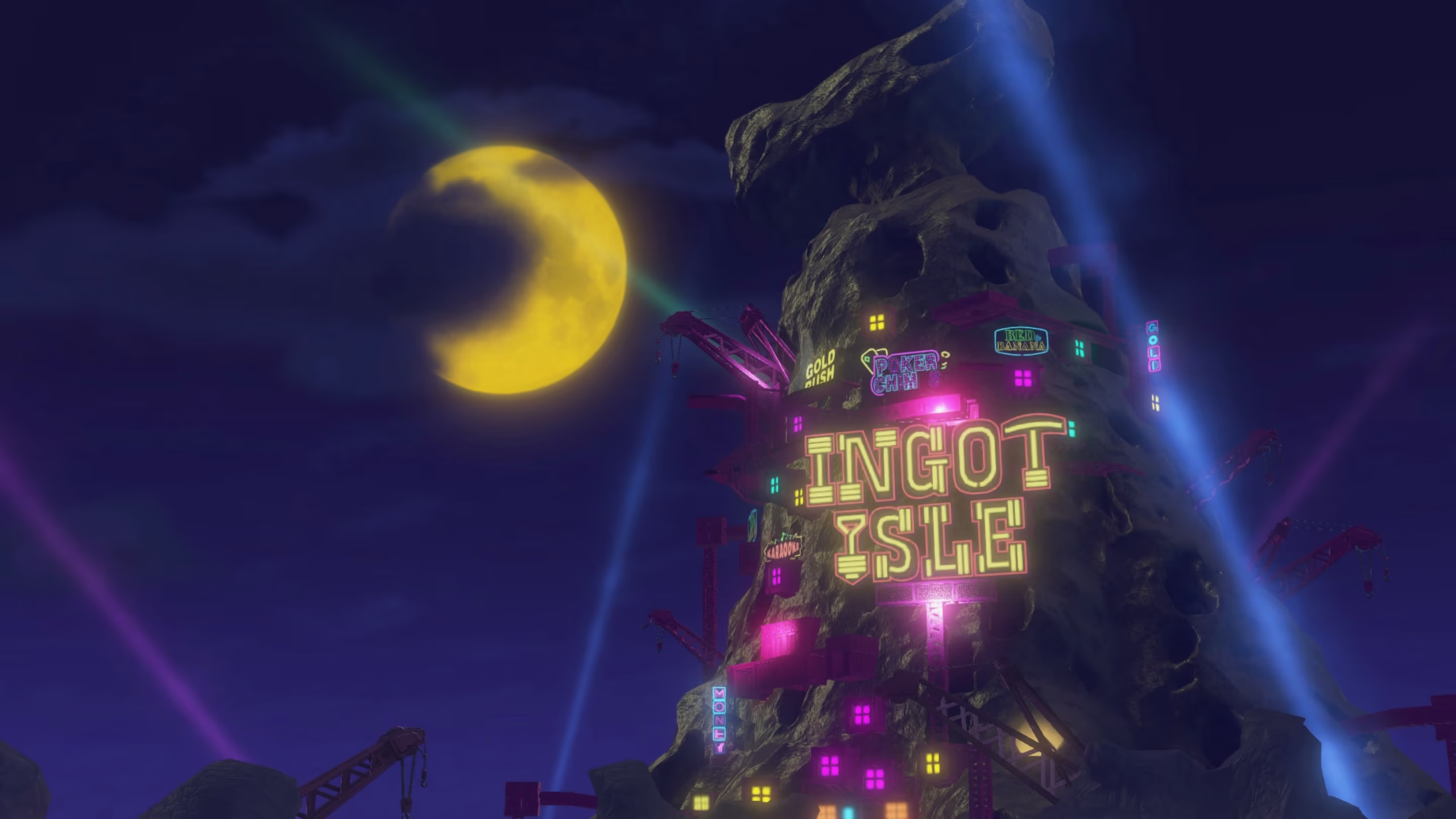
From Banana Hoarder to Planet Crusher
In the opening moments of Bananza, DK touches down on Ingot Isle, a Willy Wonka-meets-Skyrim sort of place where bananas have gone gold. It’s glitzy. It’s odd. It has the mood of a place that could turn on you at any second. Naturally, VoidCo appears: a dystopian tech-banana conglomerate run by Void Kong, a delightfully chaotic villain who looks like DK ate Elon Musk’s aura and choked on it.
Void Kong is the kind of antagonist who’s instantly iconic—not because he’s terrifying, but because he’s weird. His movements are twitchy. His voice sounds like someone gargling villainy through a kazoo. I love him. He steals DK’s bananas and plunges everyone into the planet’s crust like he’s speedrunning a Greek tragedy.
From here, the premise sounds familiar. Find bananas. Beat bosses. Explore zones. But Bananza gleefully smashes the rulebook, not just narratively but mechanically. The central conceit: destroy everything. Want to reach that ledge? Sure, climb it like a sucker. Or punch the cliff until it collapses and casually stroll up the rubble. Your choice.
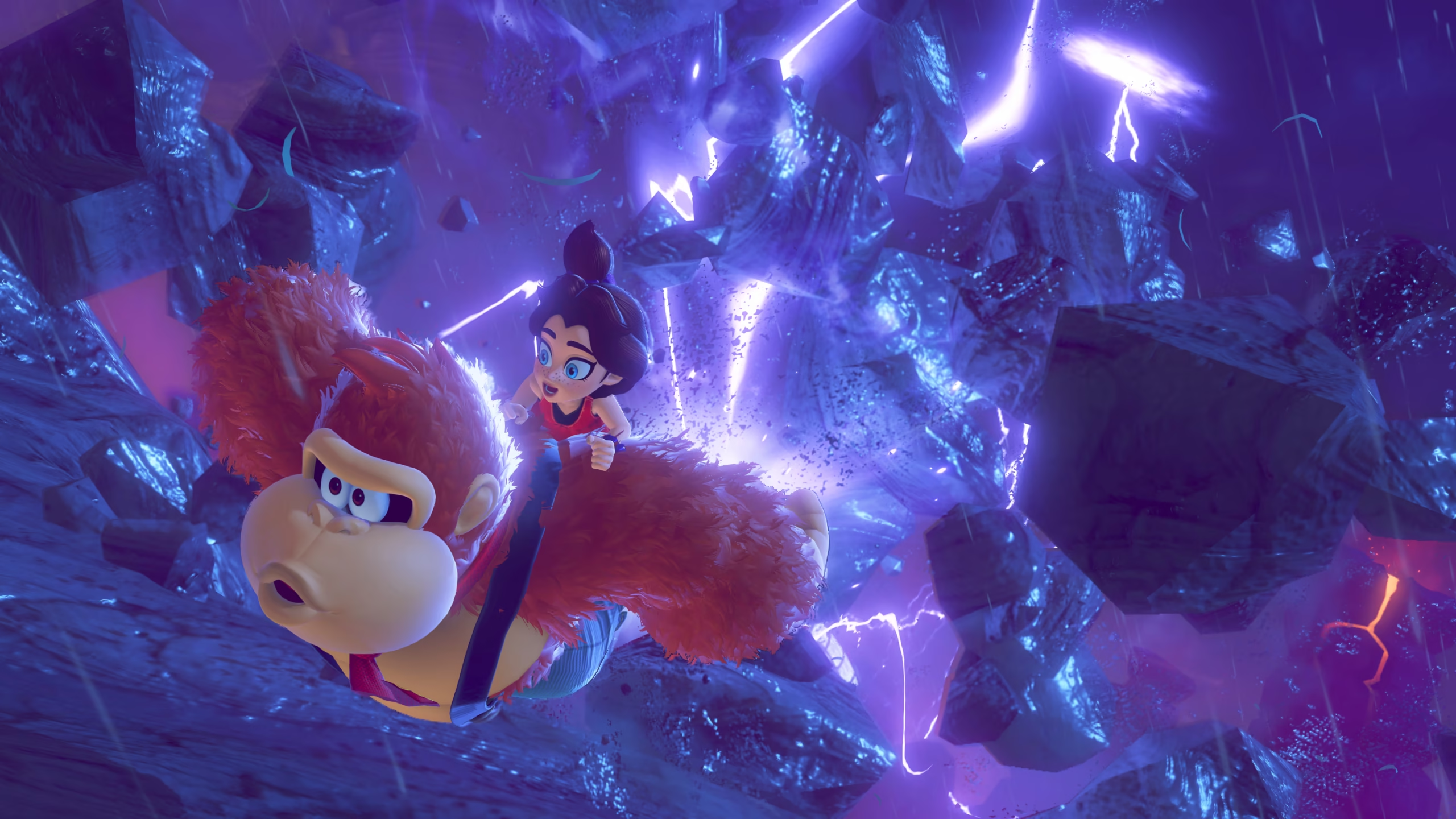
This Is How You Platform in 2025
It’s been a long time since I felt genuinely surprised by a 3D platformer. I thought we’d explored every axis, every collectathon gimmick, every sidekick dynamic. But Donkey Kong Bananza doesn’t just refine the formula—it detonates it.
You’re given full agency to tear the environment apart, and that destruction isn’t cosmetic. It’s strategic. You learn the textures of terrain like you’re reading a living map. A rusty wall means breakable. A shimmering vein of Banandium? Jackpot. And when you partner with Pauline—first as a literal rock on your back, then as a glittering time-twisted performer—you unlock forms that transform DK into a platforming swiss army ape.
Want to glide across lava? Try Glideform DK. Need to shatter a fortress wall? Rageform DK’s your huckleberry. The game’s structure leans into these powers with level designs that reward creativity over repetition. There’s a confidence here I haven’t seen since Mario Odyssey, and dare I say, this is more inventive.
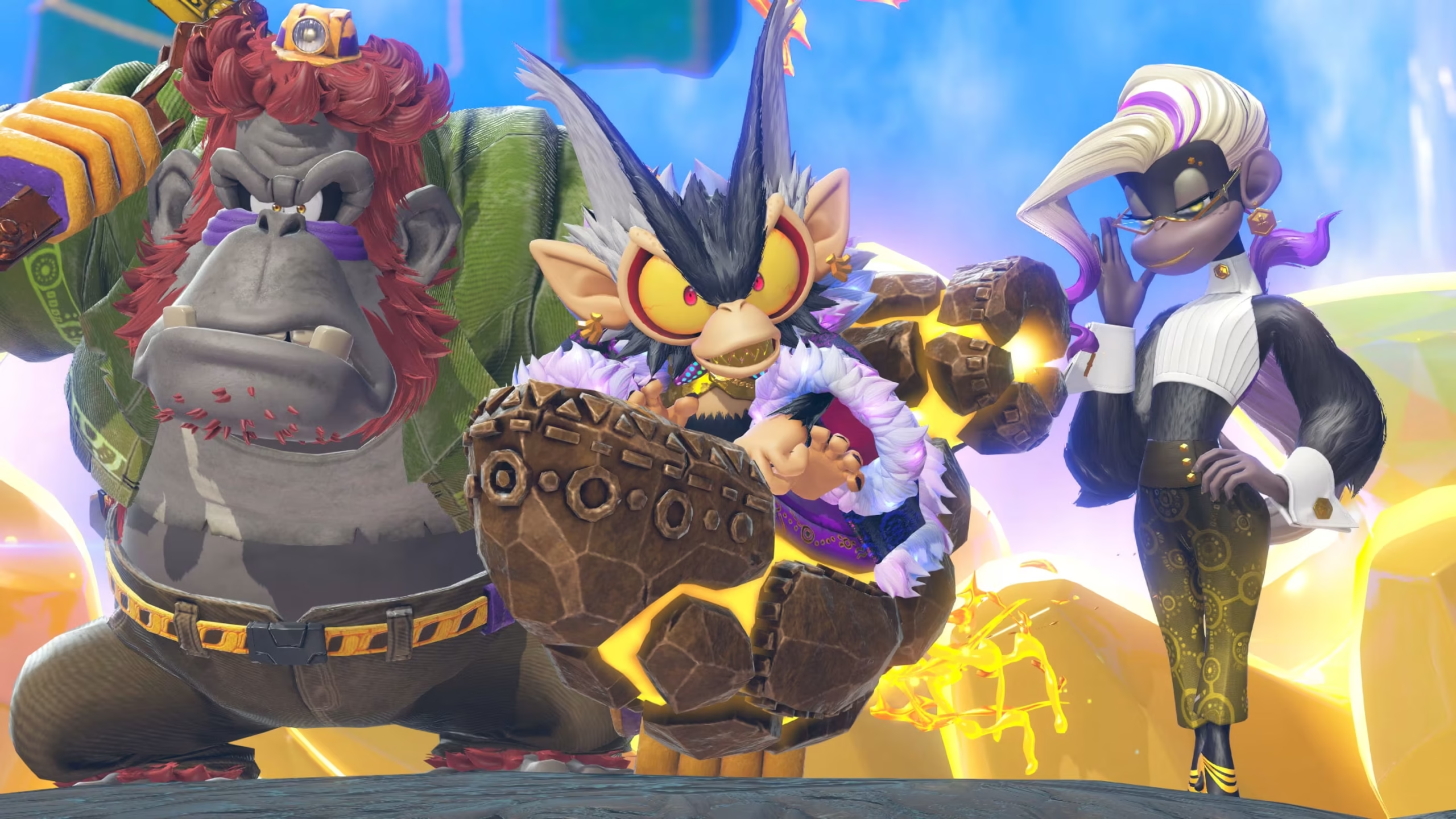
Pauline Is the Emotional Core We Didn’t Deserve
In a twist that lands harder than it should, Pauline—the OG damsel of Donkey Kong fame—becomes the heart of Bananza. Early on, she’s introduced as Odd Rock, a mysterious stone creature with vague sentience. But by the end of the first biome, the game pulls back the curtain. This isn’t just Pauline. This is young Pauline, displaced in time, desperate to return to the surface to follow her dreams of performance.
Her relationship with DK is the emotional marrow of the game. There are real Last-of-Us-esque vibes here, except it’s filtered through Nintendo’s lens of whimsy. They argue. They bond. They form a makeshift father-daughter dynamic that never feels saccharine. It feels earned. It’s told in glances, in quiet moments by a fire, in Pauline’s growing confidence and DK’s unspoken protectiveness.
I never thought I’d cry in a Donkey Kong game, but there I was: 3AM, clutching my Joy-Con, wondering why a giant ape and his time-shifted companion were making me reevaluate my own relationship with creativity.
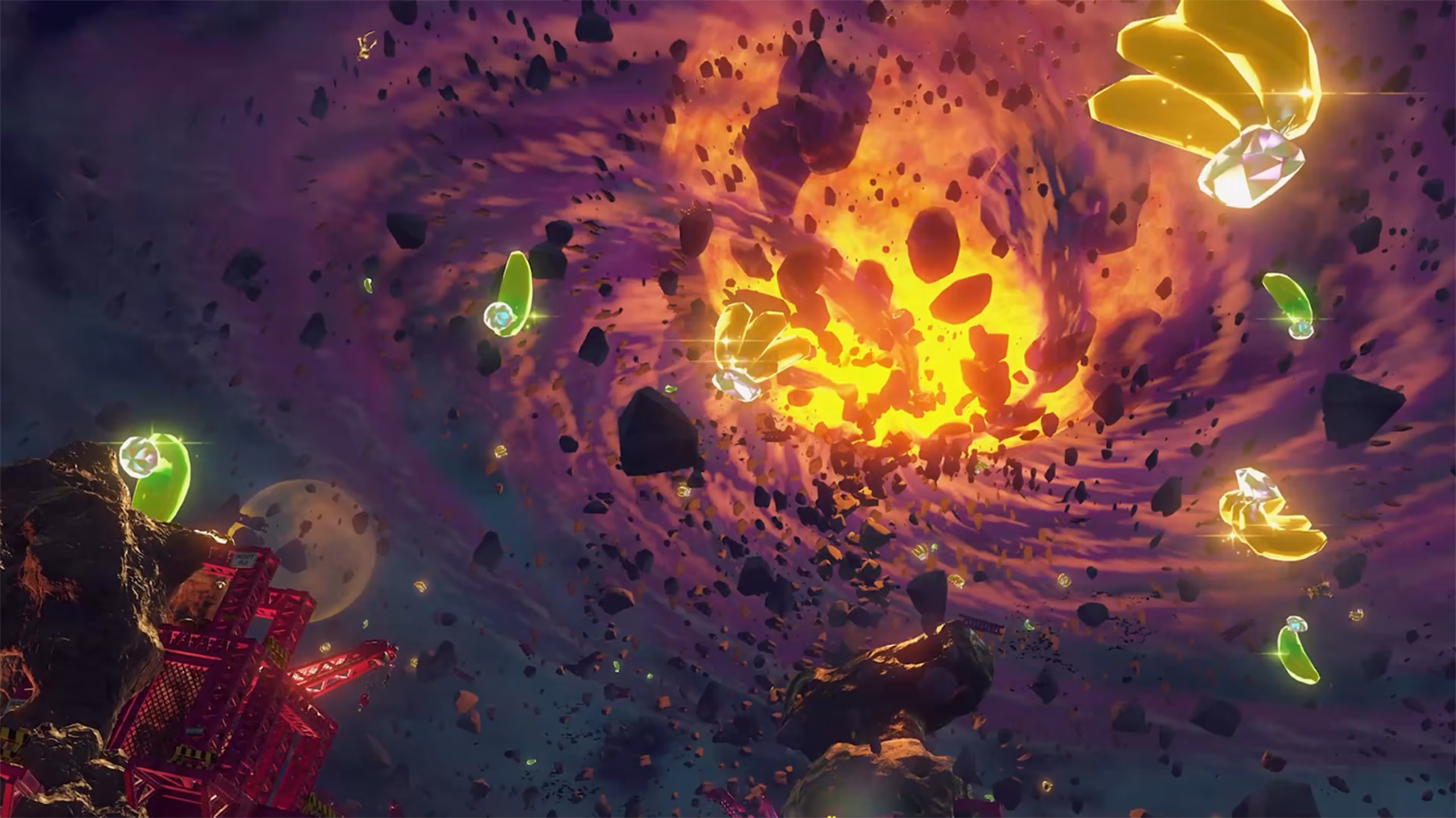
What the Hell Is Banandium, and Why Do I Love It So Much?
Part of what makes Bananza so addictive is how tactile it is. Banandium is the magic-metal-banana-essence running through the planet. It’s currency. It’s upgrade fuel. It’s the reason you punch a wall to see what shakes loose. Mining it feels like a cross between a fever dream and a loot goblin’s paradise.
Levels are layered like parfaits, each biome offering hidden secrets under its surface. A hotel run by ostriches in a poisonous swamp? Sure. A food-themed amusement park where churros are structural supports? Obviously. The world-building leans absurdist, but the logic is consistent. These aren’t just zany levels—they’re ecosystems. And they’re all connected through progression tied to Golden Bananas, the game’s elegant spin on Shines or Stars.
Five bananas = a skill point. And let me tell you, the skills matter. The moment you unlock the triple-jump punch combo, you feel unstoppable. It’s the kind of evolution that makes backtracking feel exciting rather than obligatory.
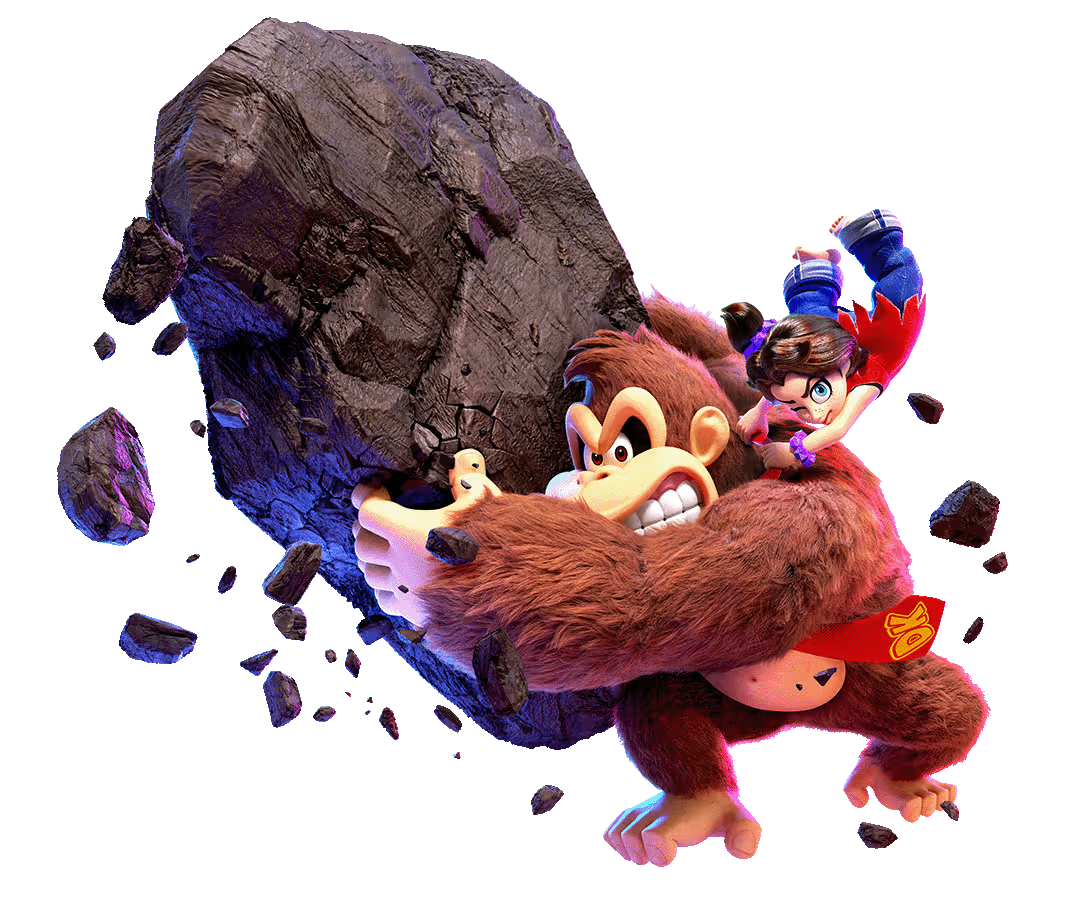
The Weakest Link: Camera Shennanigans and Frame Rate Grit
As much as I adore Donkey Kong Bananza, I won’t pretend it’s flawless. The camera, while improved from DK’s earlier ventures, still has the grace of a drunk Goomba at times. In tight tunnels or weird angles, it twists into Escher-esque disasters that make you question whether perspective is even real. It’s never game-breaking, but it’s distracting.
Performance-wise, there are also stutters. Particularly during boss fights that involve massive destruction (which is often), you can feel the Switch 2 sweating. Textures blur. Frames dip. It’s like watching a masterpiece through a fogged-up window. The game’s ambition outpaces the hardware occasionally, and while it’s forgivable, it’s noticeable.
Nintendo will likely patch some of these issues. But even if they don’t, it’s a small price to pay for what Bananzaachieves.
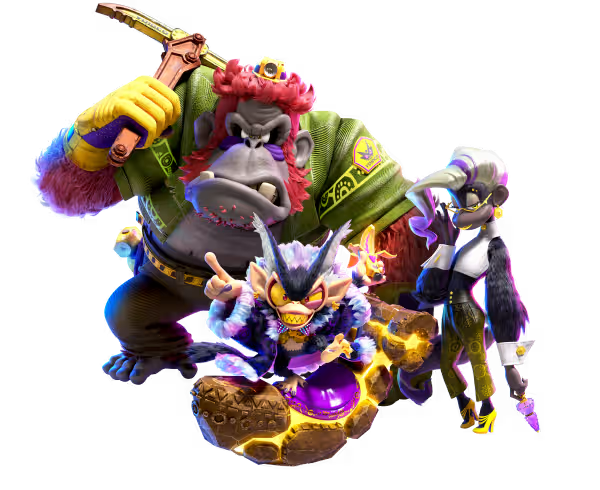
Let the Apes Have Their Renaissance
More than anything, Donkey Kong Bananza feels like a reintroduction. This isn’t just DK in a new hat. This is Nintendo saying: we remember where we came from, and we’re not done reinventing it.
It reminded me of God of War (2018) in that sense—an old icon reimagined for a new generation, with surprising emotional depth and mechanical evolution. Except here, it’s not about vengeance. It’s about bananas. And that somehow hits harder.
By the time I finished Bananza, I didn’t just want DLC. I wanted a universe. Spin-offs. Animated shorts. Let Void Kong do a TED Talk. Let Pauline headline a rhythm game. Give DK a roguelike.
We’ve had Mario’s renaissance. We’ve watched Link ascend. It’s Donkey Kong’s turn.
Donkey Kong Bananza is a masterclass in mechanical creativity and emotional storytelling. Its destruction-focused platforming reinvents how we think about space, agency, and traversal in a 3D world. Even when the camera falters or the frame rate dips, the game’s joyful weirdness and heartfelt narrative never do. It’s a modern classic in the making—and one of Nintendo’s boldest experiments in years.

